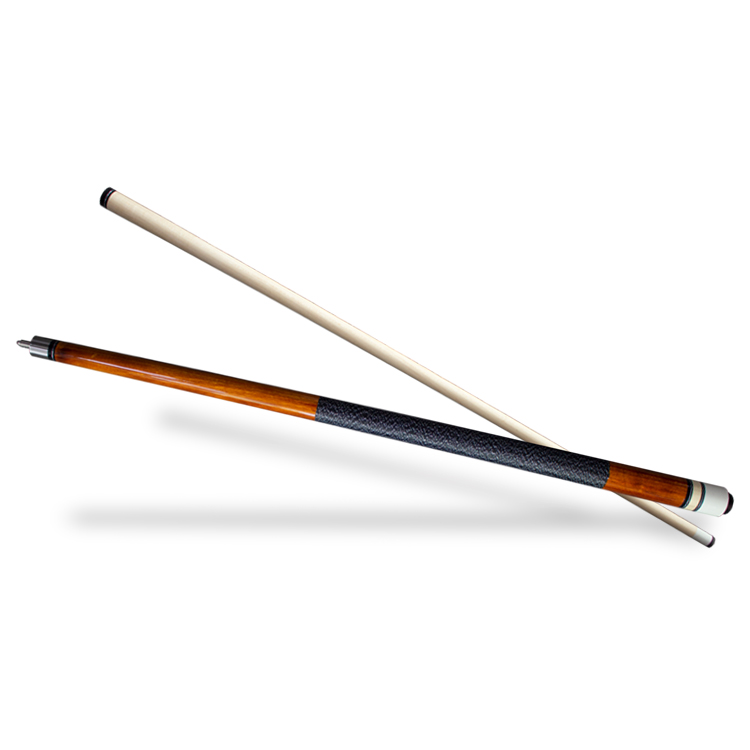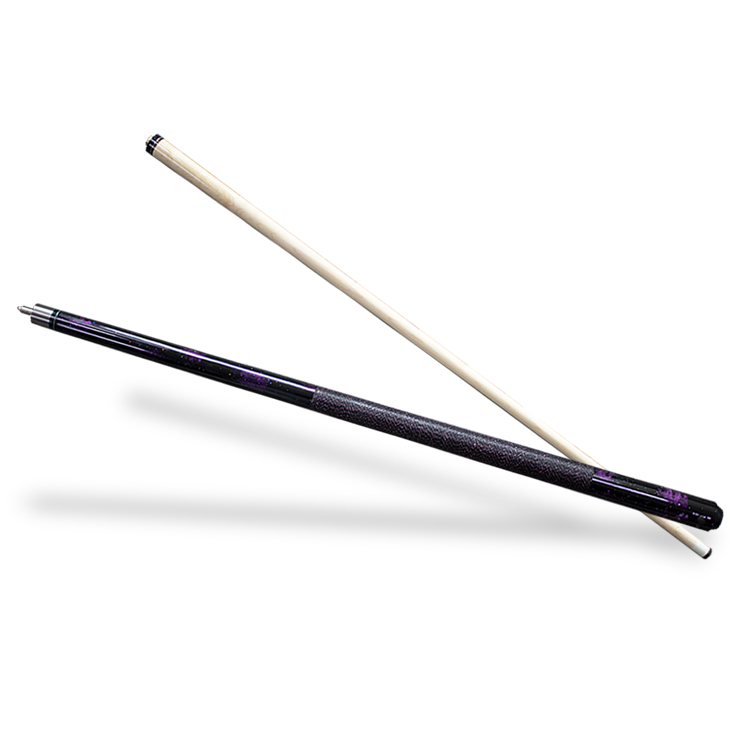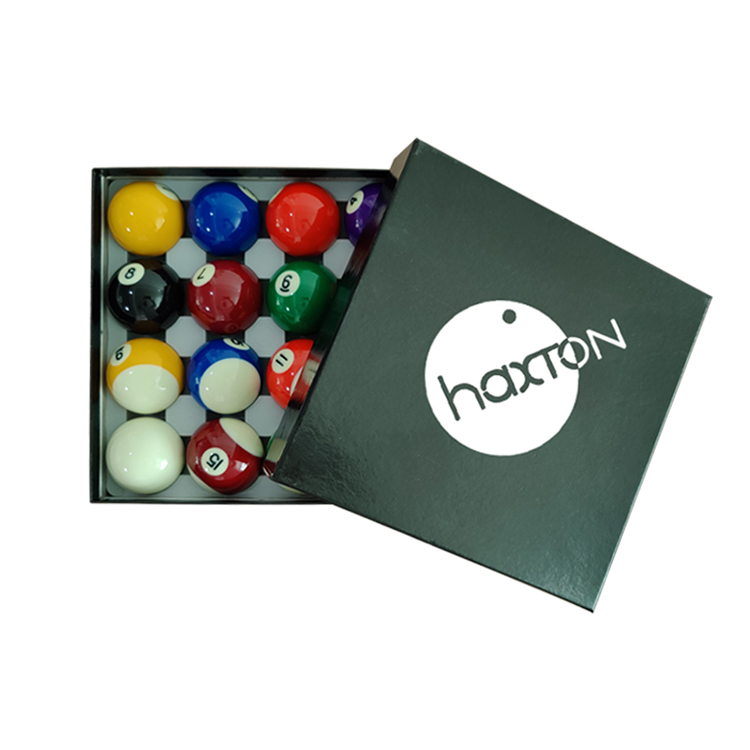Parts
Home >
Parts
Below are our accessories, including cues, balls, tablecloths, darts, etc., you can buy high quality accessories at the right price.
Parts
Identifying the broken parts
Pool tables aren't only for decoration. They may also be entertaining. They're quickly becoming a staple of any opulent house, and they're often found in the living room, game area, or basement bars. They're a fantastic method for parents to spend quality time with their children while they play in a calm setting. It's the ideal way to spend the weekend with your closest friends and strengthen your bonds. Furthermore, playing pool cue improves hand-eye coordination, and what better way to practise for a tournament than to have one of these tables set up right in your own home.
When pool tables crack or fall apart, we want to get them fixed as soon as possible so we can keep having fun. Knowing the pieces of a pool table is the first step in repairing it.
Identify which part you need
Before you replace it, find out what the part's name is and what type is necessary for your table. You should also read the entire essay till the conclusion to fully comprehend each section.
Pool stick
The cue stick is the common name for the pool stick. Depending on the type of pool game being played, it may also be referred to as a billiards cue, a snooker cue, or a pool cue.
In addition, there are currently more than two distinct varieties of cue sticks. The one-piece cue is the most well-known variety; you'll find them beneficial for practise and they're always accessible at pool halls. From the butt to the ferrule, the diameter of a one-piece cue stick decreases consistently.
The two-piece cue stick, which is evenly divided in the centre and is normally maintained in a cue case, is the second form of cue stick. Except for some custom-made kinds, they have a conical taper in most circumstances. The other form is a two-piece cue stick with no central division. Close to the butt, say 15 inches away, the divide may be observed. This kind is primarily associated with snooker players.
The conventional pool is a stick with a phenolic or fibreglass ferrule, commonly made of maple wood. A normal pool cue stick measures around 56-59 inches in length and weighs about 17-20 ounces, with a diameter of 12-14 mm. The rationale for varying cue stick lengths is mostly due to a player's height; however, other factors such as the type of pool ball set game may also play a role.
Head and Tail
The head of a pool table refers to the half of the table where the billiard cue ball is shot, while the foot refers to the second half of the pool table where the pool balls are racked.
The Bed of a Pool Table
The portion of the pool table where you play ball is called the bed. It's what's behind the surface. Beds are made out of three slate slabs that are connected together with resin sealing or a similar substance. Typically, these slates are made in Italy, China, or Brazil.
The Fabric
On a pool table, this is the fabric that is normally draped over the cushion. Pool table fabrics are comprised of woven wool or a baize blend of wool and nylon. This fabric is frequently misidentified as felt, although it is not. Felt is produced from pressed, not woven, materials. The slower the ball from pool ball set is, the heavier the woven cloth used to cover a pool table cushion. The majority of pool table fabrics are green. This is due to an antique design that made the indoor game's table surface mimic the grass on which the original game was played.
Corner Pocket
The corner pockets are the holes at each corner of the pool table where the balls normally land. Each side of the pool table has six pockets, one at the top, middle, and tail of the table.
Opening for Ball Retrieval
Balls that fall into the table pockets are recovered through a hole on the pool table's side that is specifically constructed for ball recovery.
The Cue
Pool table cues are also known as pool sticks, billiards cues, and cue sticks. In a pool game, this is the stick that players use to strike the billiard cue pool. Similar games like carom billiards and snooker are played with the same style of cue stick. Cue sticks usually just have two parts: the butt and the shaft. The shaft is the pool cue's smaller end, while the butt, commonly known as the bottom of the cue stick, is the pool cue's larger end.
Pool Table material
Pool tables used to be built mostly of hardwood, which made them durable and long-lasting. These tables may now be built out of a variety of materials other than wood. Pool tables constructed of rubber, metal, and slate are common; these materials allow the billiard balls to move more quickly over the table.
Do you have a broken pool table or a stick?
Do you need some new parts to bring your table back to its former glory? SZX is the place to go if you're seeking for anything specific.
We provide a large selection of pool table replacement components, including cues and sticks. Darts, billiard balls, and tablecloths many of the repair parts we provide are universal fit, so please double-check the dimensions before buying. Billiard cues, sticks and pool balls with covers are two examples of components that are available.
Conclusion:
Call a professional if you're still unsure about what to order or how to fix it. Many shops that sell pool tables and sticks also provide repair services. If you have attempted to repair your slate or even ball set but are dissatisfied with the results or find the work too difficult, hiring a repair specialist may be the best option.



